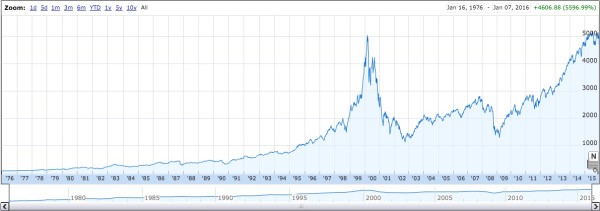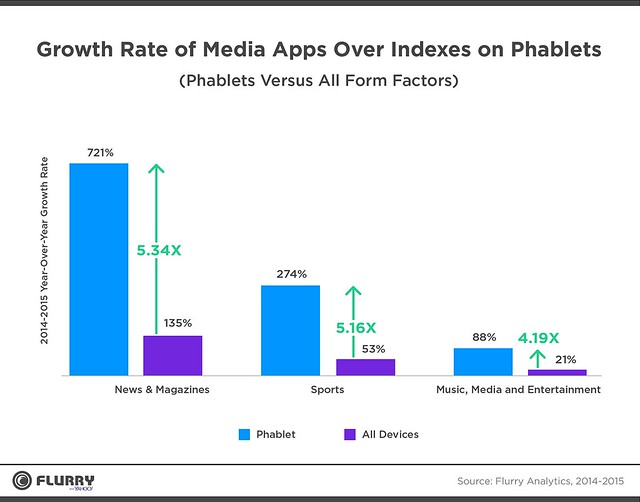I’ve been writing about wifi in the subways since 2005. Ten+ years later we still don’t have ubiquitous connectivity in the NYC subway system.
On Friday, NYS Governor Andrew Cuomo and Tom Prendergast, Chairman of the MTA, announced plans to accelerate the rollout of TransitWireless to all 278 underground subway stations so that all of them have wifi by the end of 2016.
They also announced the addition of USB charging ports on subways cars with 200 getting them this year and another 400 getting them next year. And they also announced plans to replace the MetroCard system with a mobile payments system that uses smartphones and smartcards.
It is great that the MTA is finally getting serious about joining the 21st century. If you live in other parts of the world or the US, or if you are a New Yorker who travels a lot and uses public transportation (like me), you know that none of this is particularly cutting edge. Many transit systems around the world have had this technology for years.
I would like to applaud Governor Cuomo’s focus on infrastructure in the past year. The investments in LaGuardia, Penn/Moynihan Station, the new rail tunnel under the Hudson, the local regional rail systems, and now, the subways, are all critical investments that NYC has needed to make, but has not made, in this century.
But if we can go back to wifi in the subways for a minute, I am pretty disappointed that we are not being more aggressive with the wifi rollout. Why stop at the subway stations? Why not put wifi in all of the tunnels throughout the city. When you ride the subways, you spend more time in the tunnels than the stations. If we want our kids to be able to do their homework and their reading (and their coding) on the way home and the way to school, wiring the stations will not be enough. We need to wire up the entire system.
And the TransitWireless system is too hard to log into all of the time. It should be wide open wifi that all phones can connect to immediately without having to log in. I never use TransitWireless because it’s a pain in the rear to log into and by the time you log in, the train has arrived and you are on your way. Why do these companies who build out supposedly free wifi systems always make them so damn hard to access. If its free, make it wide open and easy to use.
Finally, while I’m on a rant, why don’t we have a single SSID, NYCWIFI, that all of these free and open systems use. So once I connect in one place, I will automatically connect in every place. Then local shops and restaurants could also use that SSID and we’d slowly but surely build a single massive open and free wifi network around NYC.
So, while I am pleased about the accelerated rollout of TransitWireless and the other big infrastructure investments that the Governor is pushing, I don’t think we are thinking nearly big enough yet. Internet connectivity is a requirement to do business, to learn, and to stay connected to friends and family. We need way more of it in NYC and we aren’t getting it fast enough.



